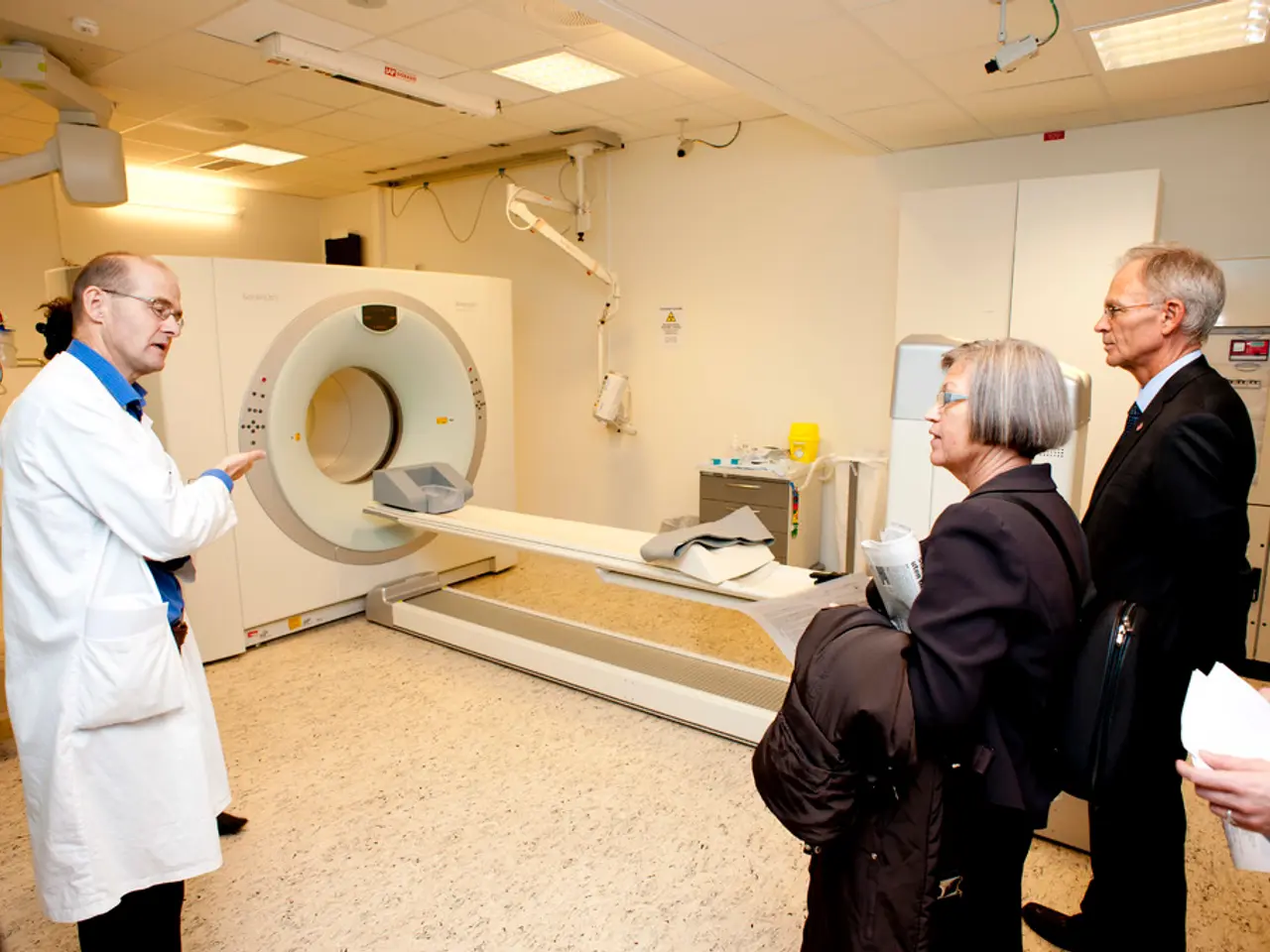Biopsy outcome timeline: Duration of wait for liver sample analysis
A liver biopsy is a medical procedure that involves the removal of a small sample of liver tissue for examination. This procedure can help diagnose liver disease or damage and indicate the severity of the condition. There are several types of liver biopsy procedures available, each with its own advantages and considerations.
The most common and minimally invasive technique is the percutaneous liver biopsy. During this procedure, a needle is inserted through the skin to collect a liver tissue sample. This process is usually performed under local anesthesia. Recovery time for percutaneous liver biopsy is typically shorter, and the risk of infection is lower compared to other methods.
Another type of liver biopsy is the transjugular liver biopsy, which involves inserting a long tube through the jugular vein in the neck and sliding a long needle through the tubing and into a vein in the liver. This method is often used in patients with bleeding risks or fluid accumulation. Local anesthesia is necessary for this procedure.
Laparoscopic liver biopsy is another option, where a surgeon accesses the liver via small "keyhole" incisions and removes a sample using specialized equipment. This method is useful when other abdominal conditions are being assessed, as a camera guides the biopsy. Recovery time for laparoscopic surgery is shorter compared to open surgery.
Open liver biopsy is performed during open surgery, and it is less common, reserved for specific clinical scenarios.
Following a liver biopsy, a person will likely need to stay in the hospital for several hours for observation. In some cases, biopsy results may be inconclusive, and the person may need another liver biopsy procedure. A person who undergoes a liver biopsy will typically need to attend a follow-up appointment for their healthcare team to check incisions and look for signs of infection and surgical complications.
The results can get delayed due to factors like mail, second opinion, specialized tests or dyes, or a follow-up biopsy. On average, it typically takes several days to up to two weeks to receive liver biopsy results, with routine reports generally available within about 10 days. However, urgent cases might be prioritized but usually still within this timeframe.
Waiting for biopsy results can be stressful, and people may find it helpful to keep active, engage in enjoyable activities, surround themselves with friends and family, write down thoughts and worries, avoid excessive online research, and speak with a doctor about concerns.
Once the results are available, a doctor will schedule a follow-up call or in-office appointment to review the results with the person and answer any questions they may have. If a person receives a diagnosis, their doctor will likely discuss treatment options, which can vary greatly depending on the condition. A person with liver cancer may require treatments such as chemotherapy, immunotherapy, or surgery to remove the tumor. In some cases, a person may require a liver transplant.
For example, a person with liver scarring (fibrosis) may require treatments to prevent the condition from progressing to cirrhosis. It is essential to consult with a healthcare professional for personalised advice and guidance based on individual circumstances.
References: [1] Mayo Clinic. (2021). Liver biopsy. https://www.mayoclinic.org/tests-procedures/liver-biopsy/about/pac-20384736 [2] NHS. (2021). Liver biopsy. https://www.nhs.uk/conditions/liver-biopsy/ [3] Cleveland Clinic. (2021). Liver biopsy. https://my.clevelandclinic.org/health/treatments/17505-liver-biopsy [5] Johns Hopkins Medicine. (2021). Liver biopsy. https://www.hopkinsmedicine.org/health/treatment-tests/liver-biopsy
- Anesthesia is often used during liver biopsy procedures to ensure minimal discomfort for the patient.
- The field of science continues to advance, which means more options are available for workplace wellness programs to address medical conditions like chronic diseases, respiratory conditions, and chronic kidney disease.
- Proper skin care is crucial for eye health, especially for people with skin conditions like psoriasis.
- Mental health is as important as physical health, and therapies and treatments like cognitive-behavioral therapy can help manage and prevent chronic stress.
- A balanced diet rich in nutrition is vital for maintaining cardiovascular health and overall health and wellness.
- Regular fitness and exercise can help prevent and manage chronic diseases, including diabetes and cardiovascular diseases.
- In addition to physical symptoms, people with neurological disorders may experience changes in their mental health and require support for both aspects of their care.
- Skin-care products should be chosen based on individual skin-conditions to ensure effective treatment and avoid aggravating existing problems.
- If facing a liver cancer diagnosis, it's crucial to discuss treatment options with a doctor, which can include chemotherapy, immunotherapy, surgery, or even a liver transplant.
- Fibrosis can progress to cirrhosis if left untreated, so working closely with a healthcare professional to develop a personalized treatment plan is essential.






